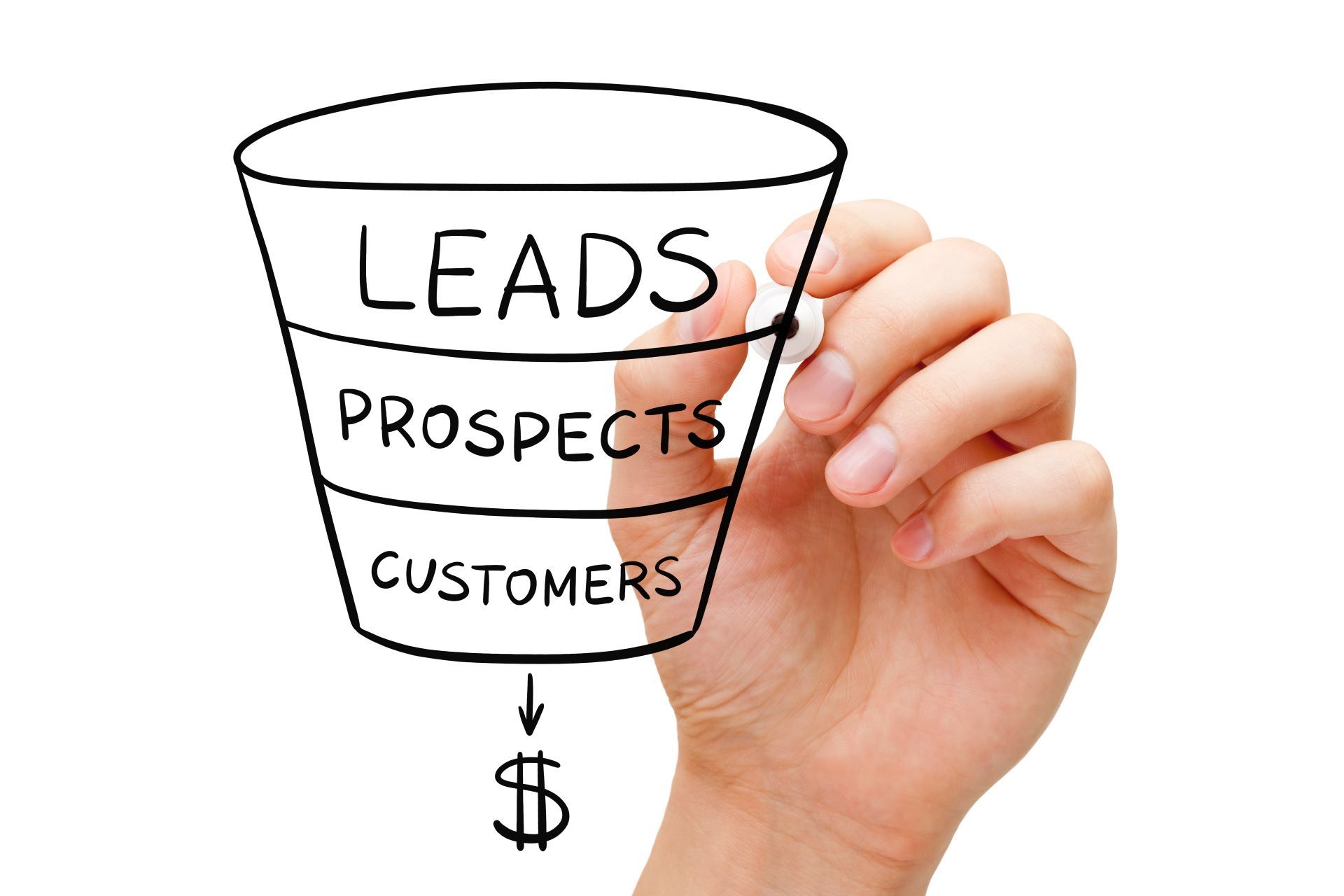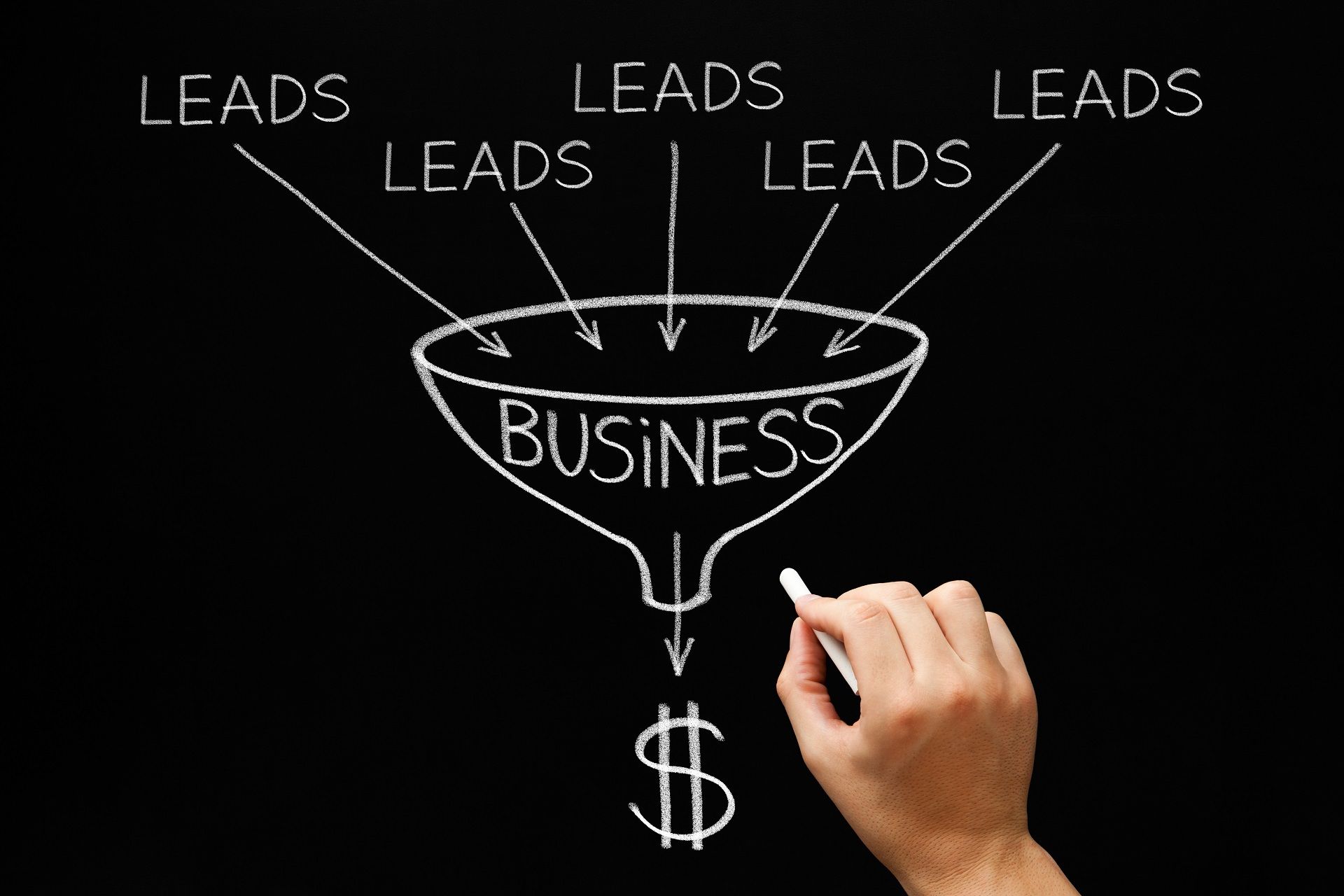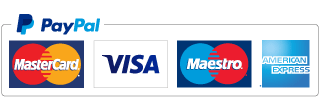Mastering the B2B SaaS Marketing Funnel: A Comprehensive Guide for Success
In today’s competitive business landscape, having a well-structured B2B SaaS marketing funnel is essential for success. As a provider of SaaS products to other businesses, it is important for your marketing efforts to be specific, focused, and captivating.
In this comprehensive guide, we’ll explore the ins and outs of the B2B SaaS marketing funnel and provide actionable strategies for optimizing each stage. By the end, you’ll have a solid foundation to build and refine your own high-performing marketing funnel. Let’s dive in!
Understanding the B2B SaaS Marketing Funnel
A marketing funnel is a chart that illustrates the process that potential customers go through, starting from when they first learn about your brand and continuing until they make a purchase and beyond. The goal is to guide prospects through the funnel, converting them into paying customers and, ultimately, brand advocates.
B2B marketing funnels differ from B2C funnels primarily because of the unique buying process in the business-to-business context. B2B transactions usually involve multiple decision-makers, longer sales cycles, and larger budgets.
Furthermore, SaaS products come with unique challenges which include the requirement for continuous customer assistance and regular software upgrades.
As a result, B2B SaaS marketing funnels require a more sophisticated approach that focuses on building strong relationships with your prospects, understanding their needs, and positioning your product as the ideal solution.
B2B Marketing Funnel Stages
Awareness Stage
Your main objective right now is to grab the interest of the people you want to reach and increase awareness of your brand.
Content marketing and thought leadership: Develop high-quality blog posts, e-books, whitepapers, or videos that offer valuable insights and demonstrate your expertise in your industry.
Social media outreach: Engage with your audience on platforms like LinkedIn, Twitter, and Facebook, where they’re likely to be active. Share relevant content, participate in discussions, and establish your brand’s presence.
Paid advertising: Utilize Google Ads, LinkedIn Sponsored Content, or other paid advertising options to increase your brand’s visibility and generate interest.
Interest Stage
Once you’ve captured your prospects’ attention, it’s time to cultivate their interest in your SaaS product. You can do this by:
Webinars and educational resources: Offer webinars or other educational materials that provide in-depth knowledge about your product or industry, helping prospects understand how your solution can benefit their business.
Email marketing and nurturing campaigns: Use targeted email campaigns to stay connected with your leads, share valuable content, and guide them toward the next stage of the funnel.
Targeted landing pages: Create dedicated landing pages for specific audience segments or marketing campaigns, highlighting the features and benefits that resonate most with each group.
Consideration Stage
At this point, your prospects are seriously evaluating your product and comparing it to alternatives. Help them choose your solution by:
Case studies and customer testimonials: Showcase real-life examples of how your product has helped other businesses succeed. Highlight your customers’ achievements, and emphasize the value your SaaS product brings.
Product demos and consultations: Offer personalized demos or consultations to demonstrate how your product meets your prospects’ specific needs and addresses their pain points.
Competitive analysis: Highlight your product’s unique features, pricing, and advantages over competitors, making it clear why your solution is the best choice.
Conversion Stage
Now that your prospects are ready to make a decision, it’s time to convert them into paying customers:
Free trials and freemium models: Offer free trials or freemium options to let prospects experience your product firsthand before committing to a paid plan.
Pricing strategies and incentives: Implement competitive pricing models and offer special promotions or discounts to encourage prospects to choose your product.
Clear CTAs and frictionless sign-up process: Make it easy for prospects to sign up for your product by using clear, compelling calls-to-action (CTAs) and a streamlined registration process.
Retention Stage
After converting prospects into customers, focus on keeping them satisfied and engaged:
Onboarding and customer support: Provide comprehensive onboarding resources and responsive customer support to ensure your clients have a smooth experience with your product.
Customer success initiatives: Monitor customer usage, gather feedback, and proactively address any issues to ensure they’re achieving their desired outcomes with your SaaS product.
Upselling and cross-selling opportunities: Identify opportunities to introduce customers to additional features, services, or products that can further enhance their experience and drive revenue growth.
How to Measure Marketing Funnel Stages B2B Success
To determine how well your marketing funnel for B2B SaaS is performing, monitor these important metrics:
Conversion rates at each stage of the funnel: Monitor the percentage of potential customers who progress from one stage to another, which will assist you in identifying areas that need improvement.
Cost per acquisition (CPA): Calculating how much it costs on average to acquire new customers will help you figure out the ROI of your marketing efforts.
Customer lifetime value (CLV): Estimate the total revenue a customer generates throughout their relationship with your business, helping you make informed decisions about acquisition costs and marketing budgets.
Churn rate and customer retention: Monitor the percentage of customers who discontinue using your product over time, as well as the proportion of customers you’re able to retain.
Tips and Best Practices for Optimizing Your B2B SaaS Marketing Funnel
To maximize the effectiveness of your B2B SaaS marketing funnel, consider these best practices:
Personalized, targeted content: Tailor your marketing materials to resonate with specific audience segments, addressing their unique needs and preferences.
Utilize automation and data-driven insights: Use marketing automation tools and analytics to streamline processes, identify trends, and make data-informed decisions.
Foster strong relationships and trust throughout the funnel: Build credibility and rapport with your prospects by consistently delivering valuable content, demonstrating empathy, and being transparent about your product’s capabilities.
Continuously test, measure, and refine strategies: Regularly analyze your marketing funnel’s performance, and make data-driven adjustments to optimize your efforts and drive better results.
Wrap Up
Mastering the B2B SaaS marketing funnel is crucial for business growth and long-term success. By implementing and optimizing the strategies outlined in this guide, you’ll be well-equipped to attract, engage, and retain high-value customers, ensuring a thriving and
profitable SaaS business.
Disclaimer: The information on this website and blog is for general informational purposes only and is not professional advice. We make no guarantees of accuracy or completeness. We disclaim all liability for errors, omissions, or reliance on this content. Always consult a qualified professional for specific guidance.
Recent Posts
Quick Links
All Rights Reserved.
Website Designed & Managed by Oamii.







